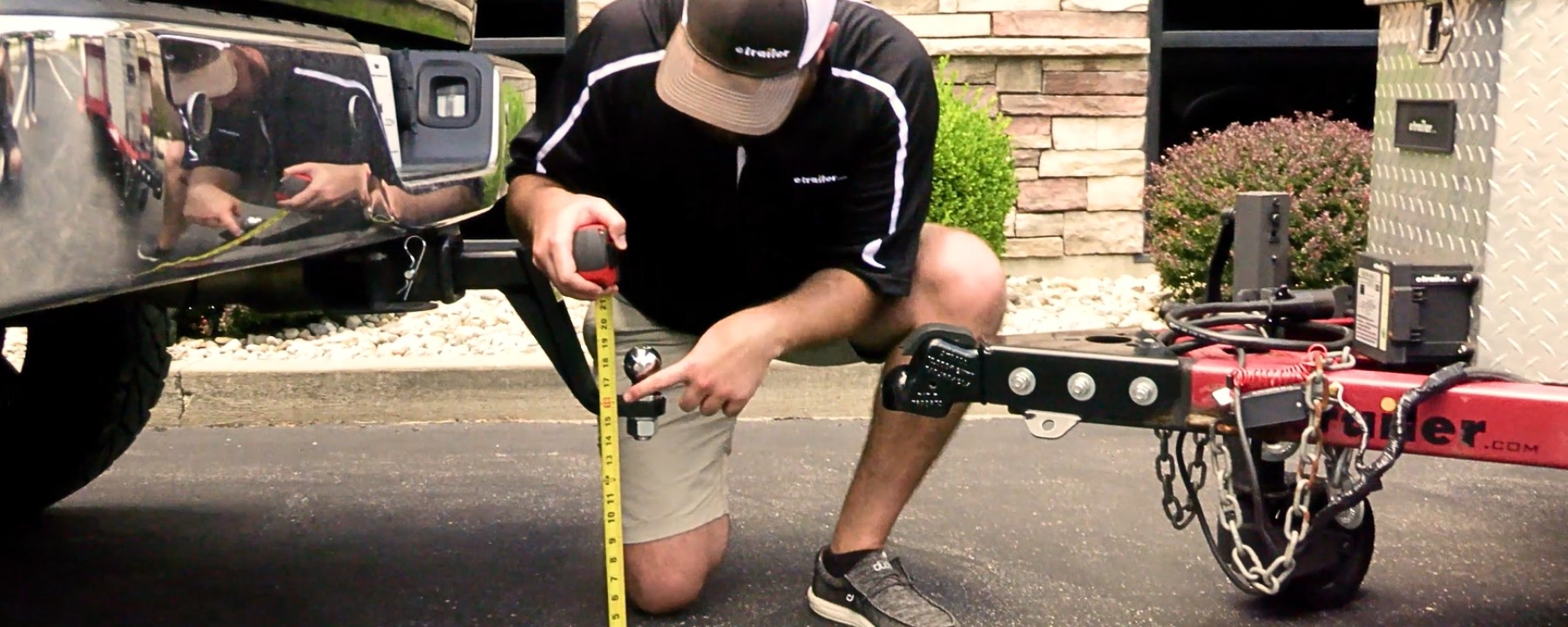
How to Measure for Trailer Hitch Drop
What are Rise and Drop?
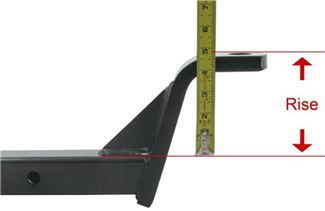
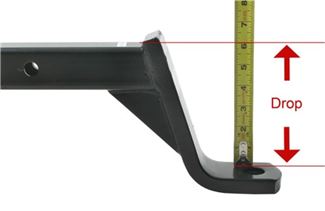
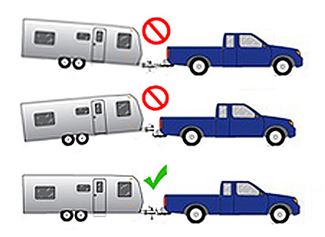
How Do I Measure for Rise and Drop?
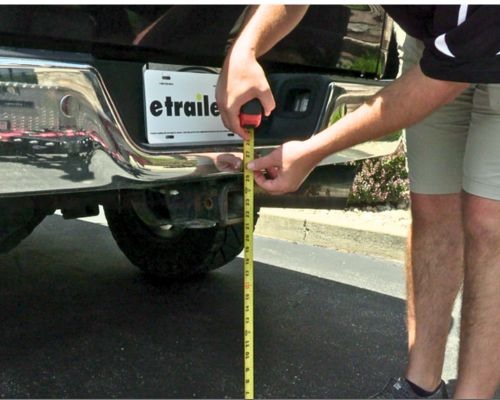
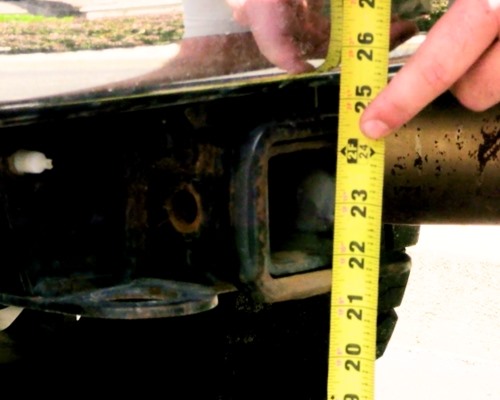
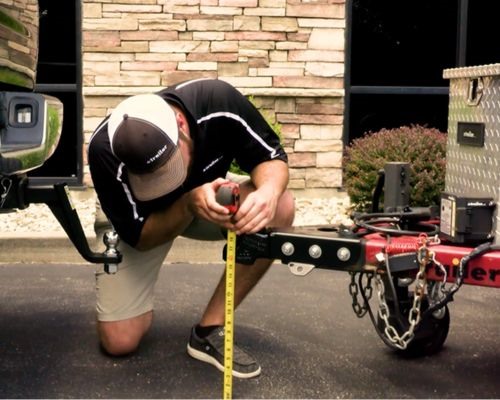
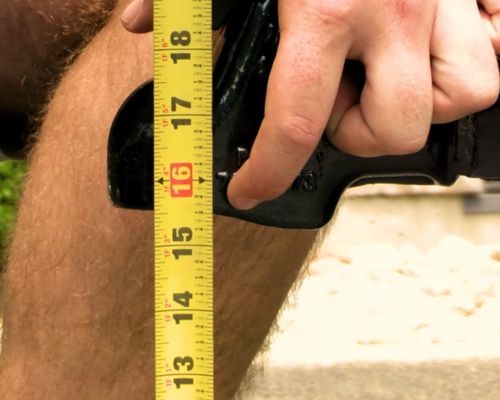
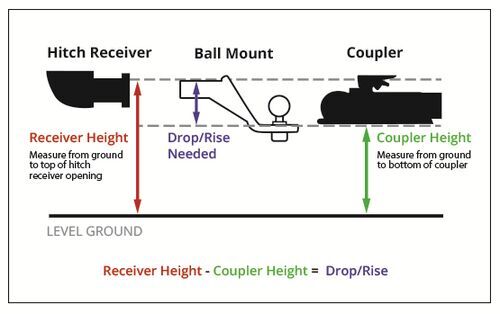
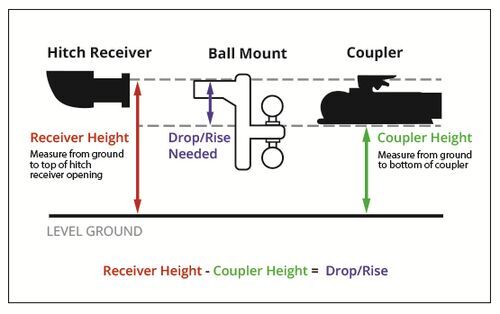
What If I Tow Multiple Trailers?
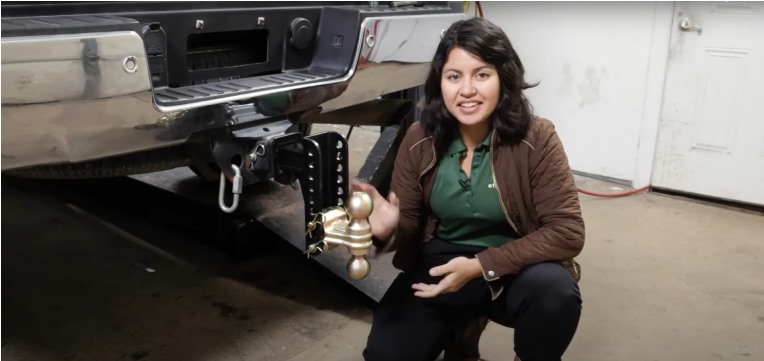
How Do I Choose an Adjustable Ball Mount?
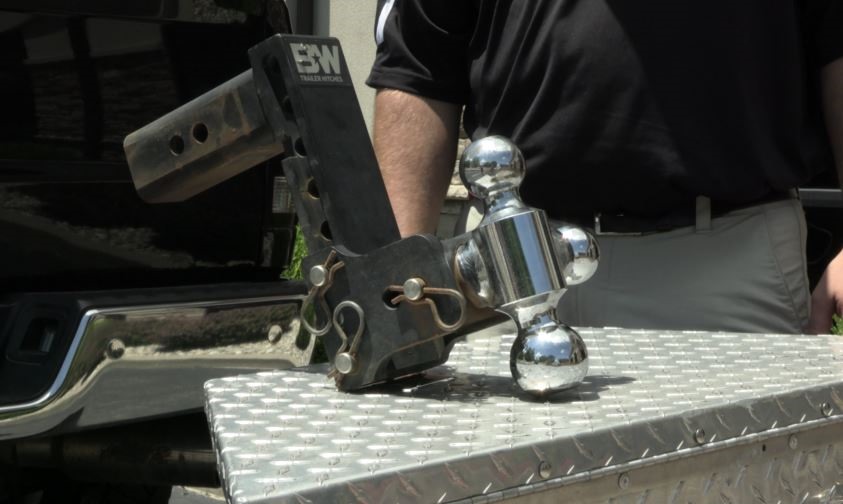

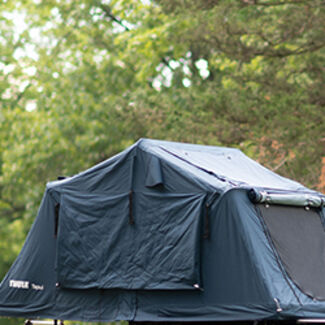
Backroad B.
8/18/2024
I have a 2020 Toyota forerunner trd off road, I just bought a 10 x 12 enclosed trailer and haven't picked it up yet. I have a 2 inch ball that goes into the receiver with hardly any drop. Will I be OK or wait to go pick it up and have to purchase a new ball with a bigger drop at the dealership?


Gene
8/4/2024
I have a Ram 2500 with a class 5 hitch with a 2 1/2 receiver. The inside of the receiver on top measures 24". My enclosed car hauler measures 16" to the coupler similar to the video. I would like to purchase a drop hitch with a weight distribution system for this application. I already purchased a Blue Ox system and had to return it. The vendor said the drop would be fine. They don't take in consideration their system does not measure from the bottom hole but it raises the top of the ball to 23" due to the sway control rod holders and the rise of the ball. The drop hitch had 9 holes. The rise was about 6 holes. Do you have a suggestion to which drop hitch and distribution system would work for my situation? Jake has the same situation in the video, but he is not using a weight distribution system.




Phil A.
11/29/2023
What effect if any do you get if tow ball is above top of hitch height. I’m currently having trouble with set up of my new car with van. I can get van level behind vehicle but rear of vehicle has about 80mm sag (too much) with WDH I put on 4 links but it only raises rear minimal. People recommend air bags but not convinced as sole way of solving problem. Sorry for more than one question. Thanks




David K.
10/24/2023
What is the point on a towed vehicle do you measure? To figure rise or drop to correct offset.



Departments
Towing
- Trailer Hitch
- Fifth Wheel
- Gooseneck
- Towing a Vehicle
- Front Hitch
- RV Hitch
- ATV Hitch
- HD Truck Hitch
- Vehicle Wiring
- Brake Controller
- Ball Mounts
- Weight Distribution
Sports and Recreation
Trailer Parts
- Utility Trailer
- Boat Trailer
- Landscape Trailer
- Enclosed Trailer
- 5th/Camper Trailer
- Car Hauler
- Horse Trailer
Vehicle
Contact & Help

What our customers are saying:
"The phone operator was very helpful and made my purchase easy. I will keep this website handy."


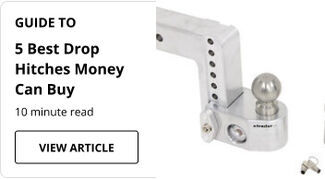
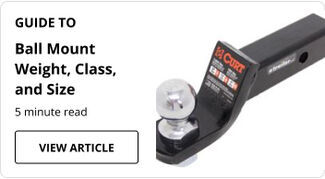
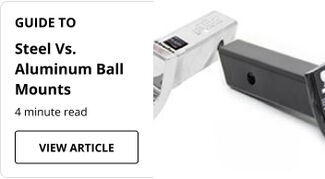
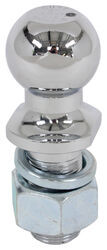
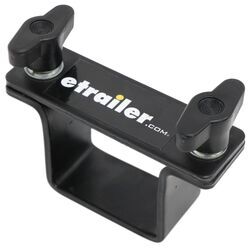
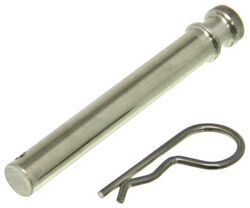
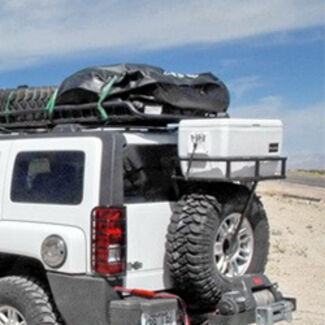

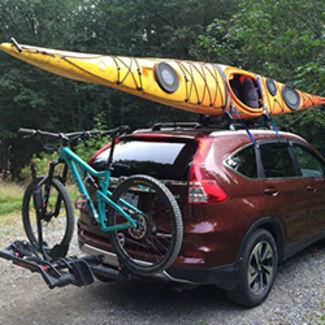
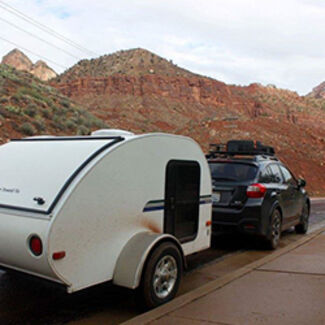
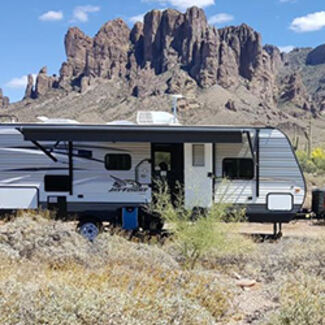
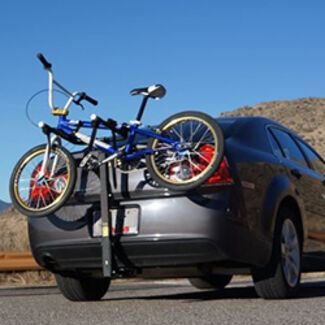

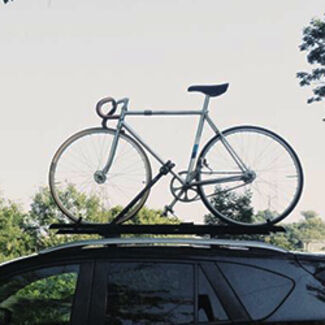

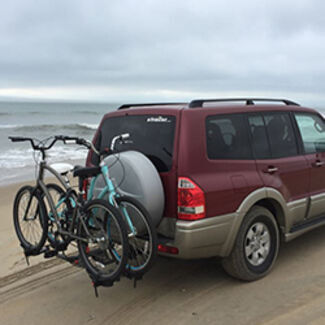


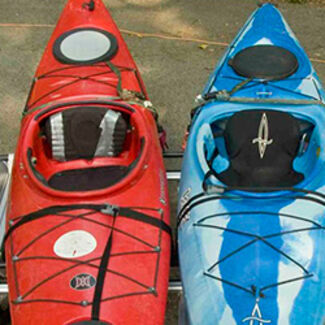

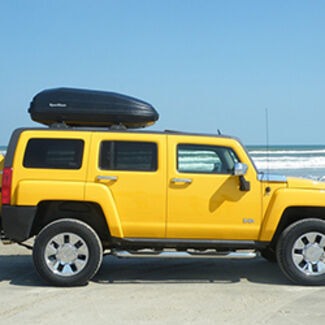
















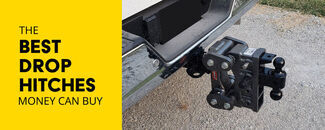

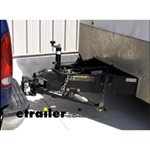

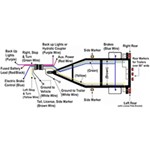

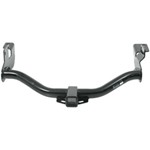
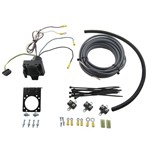
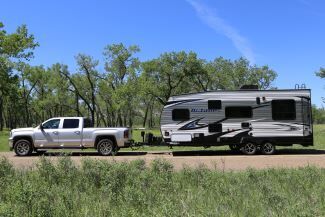
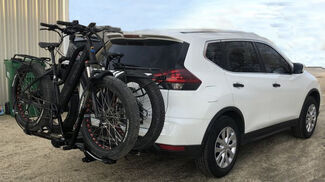
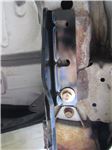
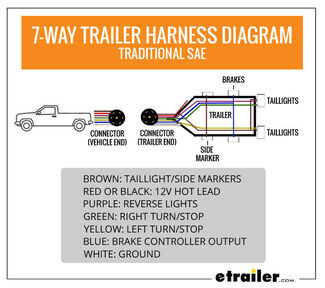
Jenni C.
11/25/2024
This doesn't account for any change in height when the trailer is dropped onto the ball, so won't these measurements result in the trailer angling downward, once hitched up?